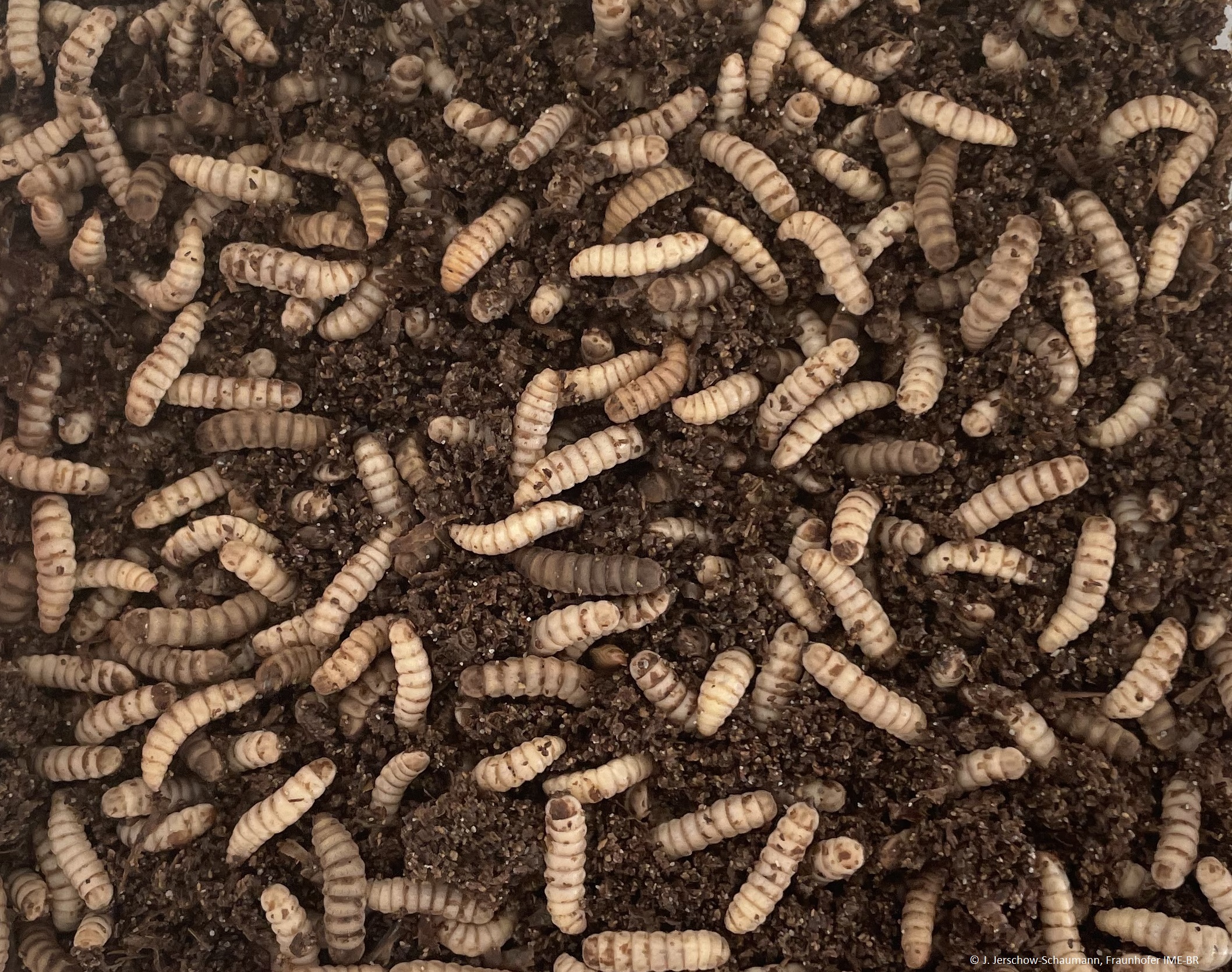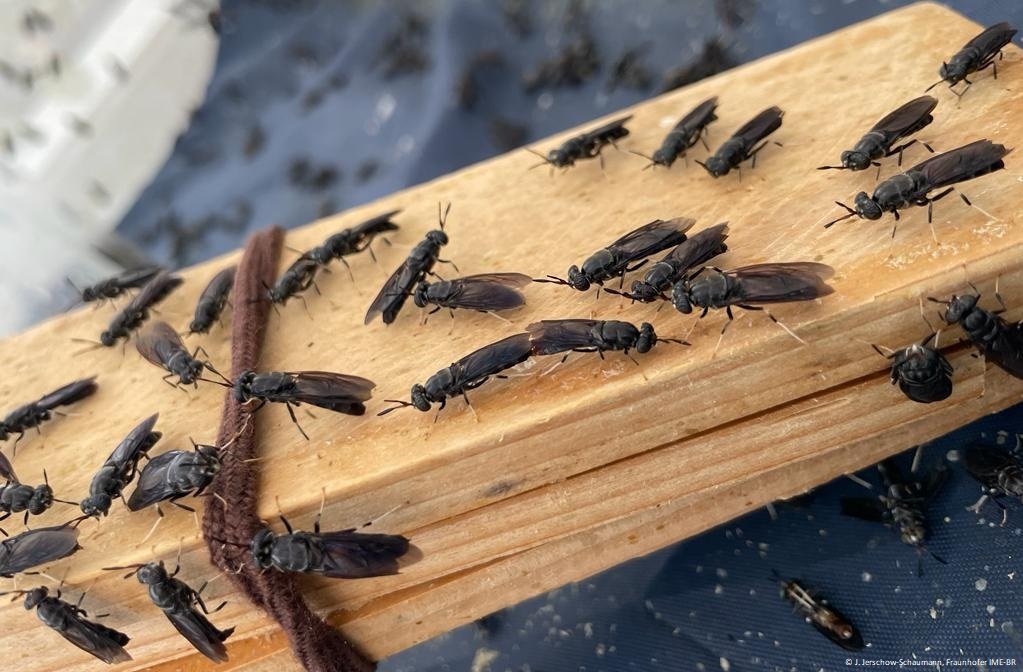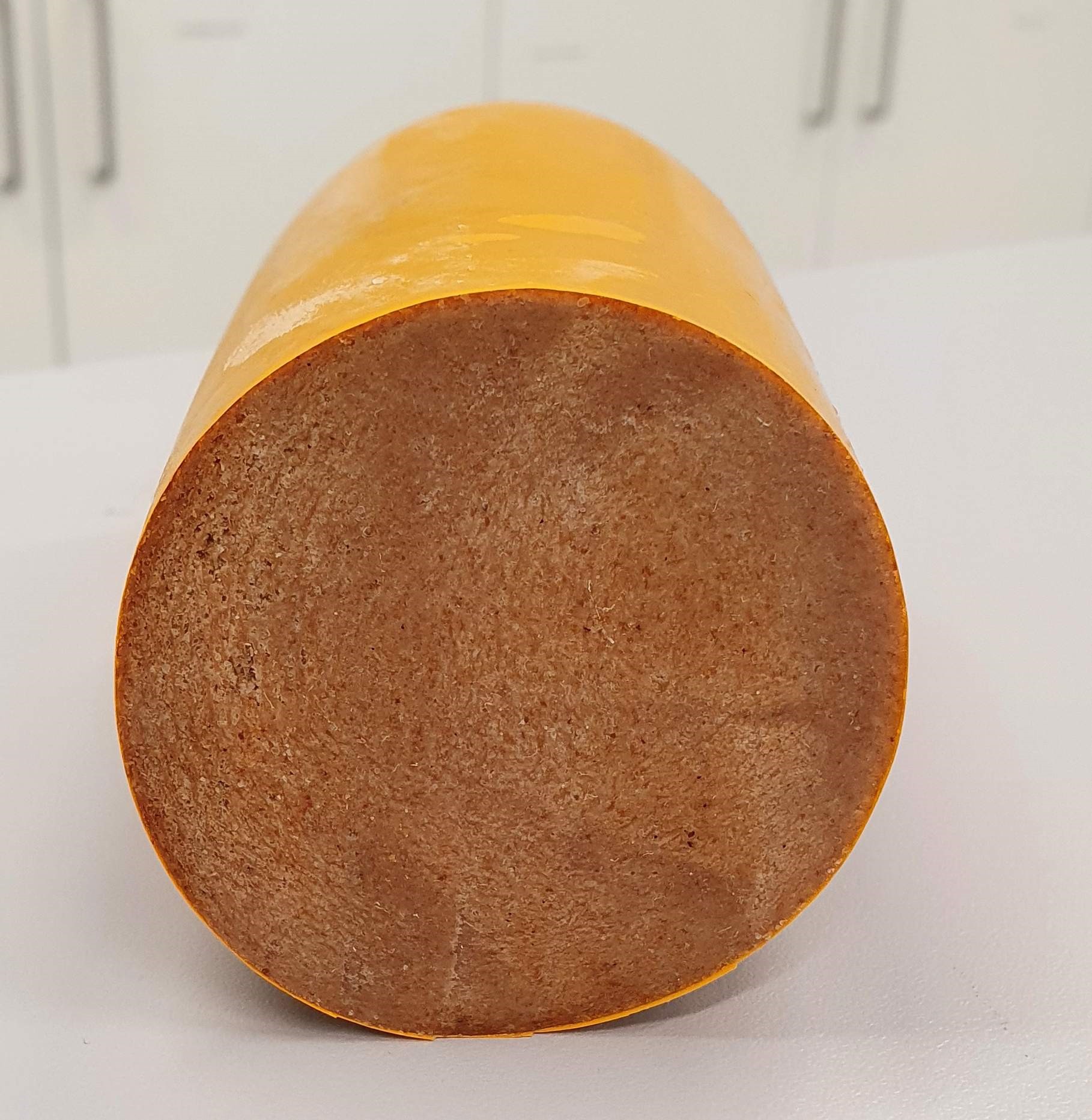Research motivation
More than 600 million people worldwide suffer from foodborne infections each year. Antimicrobial peptides (AMPs) from insects, such as Hermetia illucens, are a promising way to improve product safety and shelf life of products to reduce this high number. Some structural classes have pronounced activity against Gram-negative foodborne pathogens. Due to the dependency of larval nutrition and AMP expression, promising AMPs can be generated by feeding appropriate side streams of the food industry.
Food spoilage
Food spoilage results in the degradation of food quality due to microbial growth, which is considered unacceptable by consumers. The loss of food due to spoilage has significant environmental and economic consequences, including wasted water and energy resources and CO2 emissions. In addition, spoiled food can also cause foodborne illness due to microorganisms or their toxin formation. To prevent this, chemical preservatives are currently used to extend shelf life. However, these additives often have a broad spectrum of activity against microorganisms and are therefore not effective against a specific target group. The addition of these mostly chemically synthesized preservatives is viewed critically by consumers, which is why alternative natural compounds are of high interest. In addition, the substitution of petrochemical raw materials in the production of traditional preservatives (such as benzoic acid and parabens) with sustainable biotechnological processes contributes to achieving the goals of the National Research Strategy Bioeconomy 2030.
Antimicrobial peptides
Antimicrobial peptides (AMPs) represent an attractive alternative to conventional preservatives. AMPs are a class of natural and synthetic peptides with a broad spectrum of activity against viruses, bacteria, fungi and parasites. Structurally, AMPs are short peptides of less than 50 amino acids. They are mostly cationic, amphipathic and contain many hydrophobic amino acids. They are formed by a variety of animal and plant sources, but can also be produced by bacteria or fungi.
Due to their strong inhibitory effect on Gram-negative foodborne pathogens, AMPs can also help minimize food and feed spoilage and reduce the risk of foodborne infections or poisoning for consumers and livestock. The product safety and shelf life of food and feed can be significantly improved by the addition of natural AMPs. The targeted use of AMPs against Gram-negative hygiene germs such as Campylobacter, EHEC or Salmonella, while leaving Gram-positive beneficial bacteria unaffected, is a unique selling point and represents a real innovation in the field of food safety. In addition to their antimicrobial activity, they can also have antiviral, anticancer, antifungal and antiparasitic effects. For this reason, they are of particular interest in the search for new antimicrobial agents, for example to combat increasing drug resistance.
Antimicrobial peptides from insects
Insects are highly adaptable to their environment and have developed a variety of defense strategies. One of these strategies, as part of the innate immune system of insects, is the production and subsequent secretion of AMPs as a defense mechanism against bacterial infections. Therefore, a variety of natural AMPs are produced in the hemolymph and body tissues of a large number of insect species. The black soldier fly, Hermetia illucens, is known to possess a high variety of different classes of AMPs.
One especially promising class of AMPs are the cecropins. Structurally, cecropins are characterized by two a-helical structures without cysteine residues which are connected by a flexible hinge region. They are highly effective against Gram-negative bacteria, such as Escherichia coli, Salmonella enterica or Pseudomonas aeruginosa, while exhibiting low toxicity to mammalian cells. Efficacy is based on interaction with the bacterial cell membrane according to the “carpet” model. The peptides accumulate in a carpet-like structure on the membrane surface, causing the membrane to lose its integrity. As a result, the membrane dissolves, forming micelles. The membrane disintegrates into small areas lined by the peptide units.
Use of side streams as feed
Hermetia illucens larvae produce a varying spectrum of AMPs, depending on the composition of their feed. By feeding the larvae with specific substrates from the food industry, suitable AMPs can be produced that can be integrated into existing food and feed production processes. To take advantage of this, the AMPs are produced by feeding the larvae with various biogenic side streams from the Frankfurt/Rhine-Main area. The larvae are e.g., fed with brewer’s spent grains, apple pomace or cocoa bean shells and compared to a standard diet consisting of chicken feed. By comparing the AMP spectra, a targeted diet can be selected that mainly induces AMP classes in the larvae that have bactericidal activity against Gram-negative hygiene germs and at the same time do not affect the (Gram-positive) starter cultures commonly used in the food industry.
To obtain the AMPs from H. illucens larvae, an extraction with subsequent purification is performed. The peptides obtained are identified, tested for their preservative effect and then their technological and sensory properties are described. Alternatively, selected peptides will be produced recombinantly in a suitable expression system and analyzed analogously.
 Fraunhofer Institute for Molecular Biology and Applied Ecology IME
Fraunhofer Institute for Molecular Biology and Applied Ecology IME


